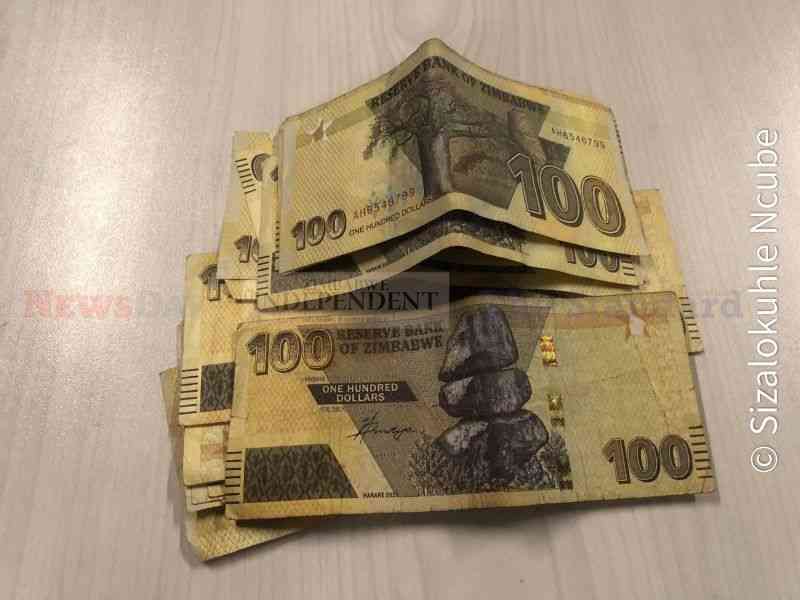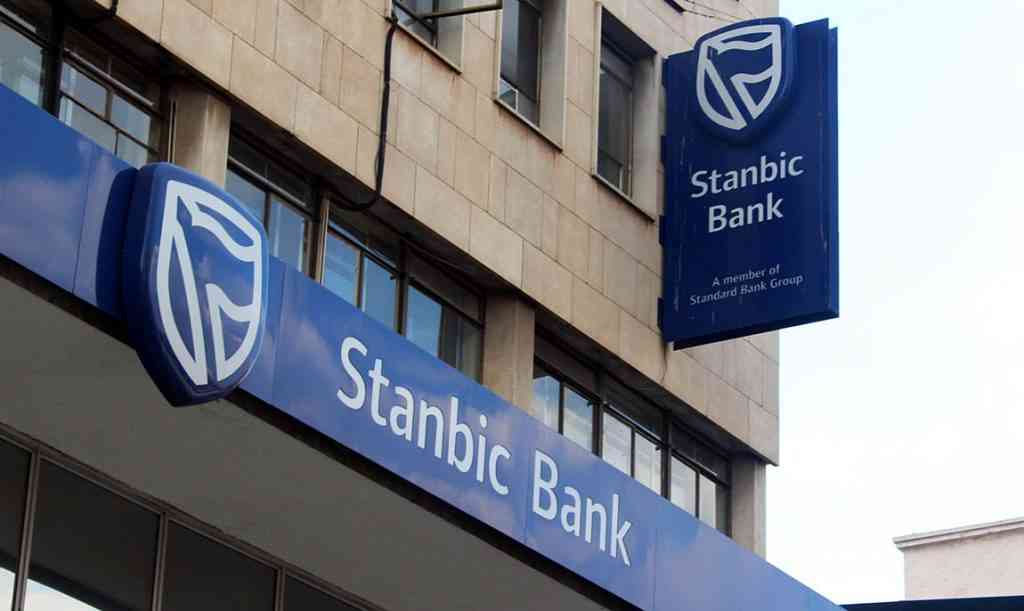
A LEADING price monitoring thinktank said this week the Reserve Bank of Zimbabwe (RBZ) must consider introducing a ZW$500 000 note in tandem with the battering of Zimbabwe’s currency this year.
Based on Wednesday’s official exchange rate of US$1:ZW$5 639,23, ZW$500 000 equates to about US$88.
On the official market, Zimbabwe’s haemorrhaging currency has so far depreciated by more than 70%, hitting consumer purchasing power.
But on the dominant forex exchange black market, the domestic unit has plummeted by 700% since December, trading at the current rate of about US$1:ZW$8 000, from US$1: ZW$1 000 about 10 months ago.
In its weekly update, Zimpricecheck said the ZW$100 note — the highest note in circulation, was now equivalent to about US$0,02, which is now complicating payments.
“If the government and the RBZ were honest with themselves they would have a ZW$500 000 note in circulation now,” Zimpricecheck, which has been monitoring price trends in Zimbabwe, said.
“Going by the government’s own official rate, such a note would still be less than US$100,” Zimpricecheck noted.
On a month-on-month basis, the Zimbabwean dollar has depreciated by an average of 35% to the greenback since January.
- Mthuli Ncube abandons struggling consumers
- Fears of jobs carnage as crisis deepens
- Fresh warning over bank rate hikes
- Police admit that money changers are untouchable
Keep Reading
The average cost of living increase over the same period is 18,61%.
Money supply growth has been driving the depreciating.
In the first half, monthly supply rose over 500% to ZW$14,27 trillion, compared to the December 2022 figures.
“The Zimdollar depreciation pressure is expected to remain elevated in the coming months as fiscal spending balloons to cushion the economy and citizens from projected climatic shocks, domestic shocks (energy shortages), public debt distress, deteriorating global geopolitics, and rising global geo-economic fragmentation,” the Zimbabwe Coalition on Debt and Development (Zimcodd) said in its latest weekly update
It attributed the depreciation since September 2023 to government’s payment to contractors and service providers, as well as market sentiment.
“Also, Zimdollar depreciation pressure is being driven by human behaviour such as negative perceptions fuelled by disputed elections and excessive rent-seeking powered by multiple exchange rates prevailing in the economy,” Zimcodd added.
Currency volatility has seen business expenses going up.
At the Zimbabwe Stock Exchange’s Top 10 Index, the listed firms saw varying degrees of cost increases and monetary losses or gains that had a direct impact on profit after tax.
Beverage manufacturer Delta Corporation Limited’s net monetary loss widened to ZW$34, 84 billion in year to March 31, 2023, a near 50% increase over the 2022 comparative period.
Finance charges rose by about 418%.
“The exchange rate volatility, coupled with fluctuations in market liquidity in both foreign currency and Zimdollar, continue to create challenges for the formal sectors of the economy, particularly as it relates to the pricing of goods and trading terms,” Delta said.
“There has been a general increase in the use of foreign currency for domestic transactions.”
In the same period, the British American Tobacco Zimbabwe (BAT)’s net monetary position widened by 238,55% to ZW$36,64 billion.
Further, the firm recorded significant increases in administrative, selling and marketing costs.
“On going currency volatility and shortages coupled with the hyperinflationary environment have led to liquidity constraints for both consumers and the business community, thereby impacting sales volumes for the group,” BAT chairperson Lovemore Manatsa said in financial results for the half year to June 30, 2023.
The problem is that while 80% of the economy is dollarised, based on national statistics, firms are still supposed to account using the local currency, creating these varying distortions.
The Tourism ministry reported in June that hospitality and tourism suppliers were charging industry players using the parallel forex rate, which was higher than the official one by about 42%.
While this is happening, tourism players are only allowed to sell services using the official currency rate resulting in tourism packages being priced highly.
According to the Financial Intelligence Unit, over 200 companies have been penalised with administrative sanctions for manipulating the exchange rate year to date.
The unit’s director-general, Oliver Chiperesa said while compliance had increased, there were still some hold outs in the pharmaceutical industry.
“We have pharmacists charging rates of US$1:ZW$8 000 but it's now a far cry. Some of them are using US$1 to ZW$12 000 and ZW$15 000,” he told the paper in an interview recently.
Confederation of Zimbabwe Industries chief executive officer Sekai Kuvarika admitted currency distortions continued to affect manufacturers.
“The challenges are not new except the deepening of the liquidity squeeze that is tightening more and that people are having less demand for products,” she said.











